39+ SAMPLE Training Strategy Plan
-

National Training Strategy Plan
download now -
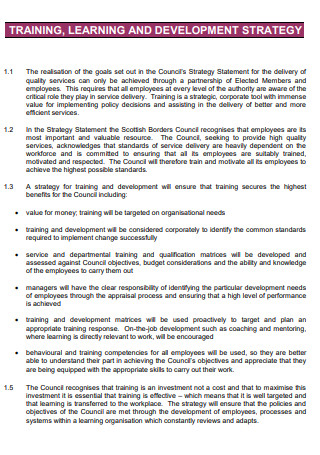
Training Learning and Development Strategy Plan
download now -
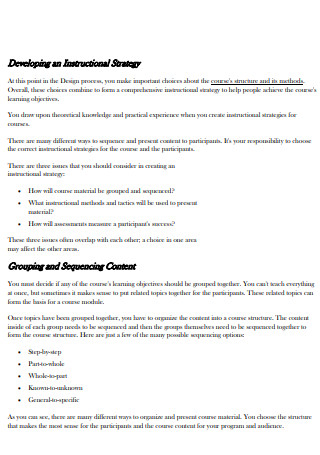
Enforcement Training Strategy Plan
download now -
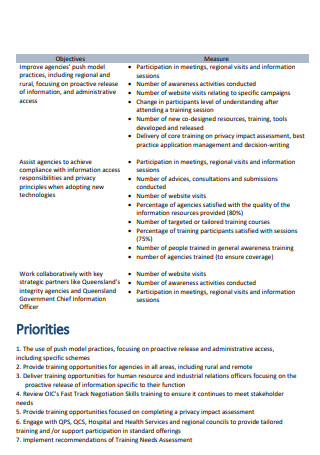
Training Strategy Plan
download now -
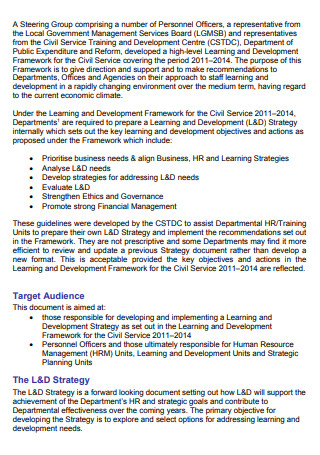
Final Training Strategy Plan
download now -
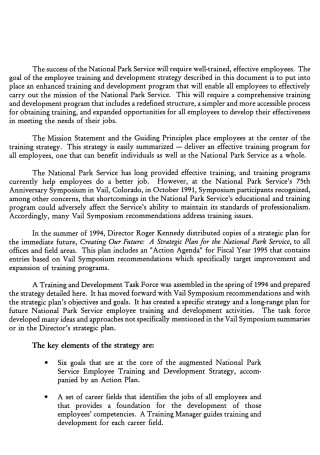
Employee Training Development Strategy Plan
download now -
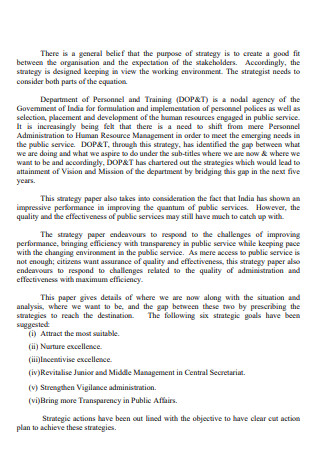
Training Strategy and Strategic Plan
download now -
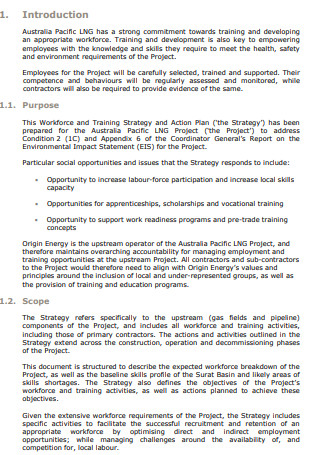
Workforce Training Strategy Plan
download now -
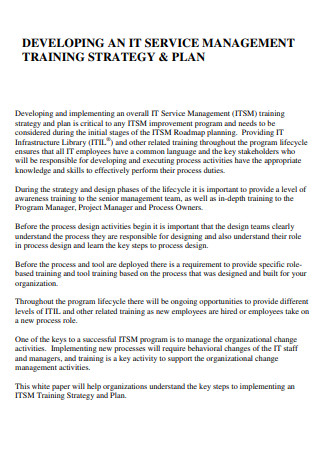
ITSM Training Strategy Plan
download now -

Sample Training Strategy Plan
download now -
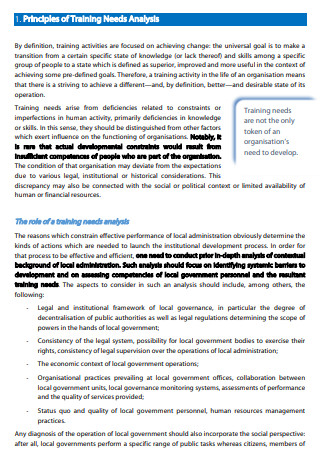
Principles of Training Strategy Plan
download now -
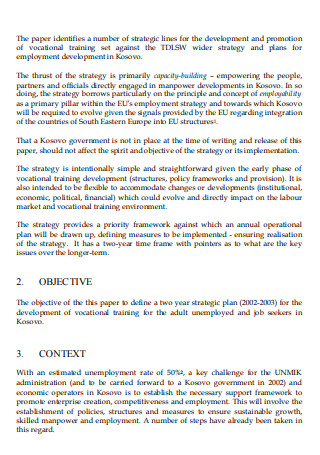
Vocational Training Strategy Plan
download now -
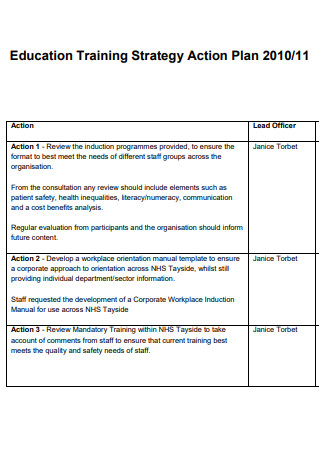
Education Training Strategy Action Plan
download now -
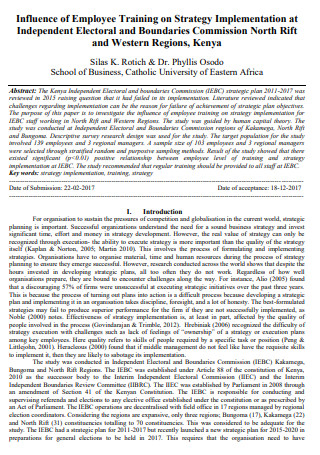
Employee Training on Strategy Plan
download now -
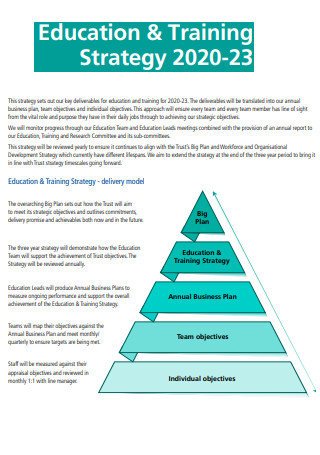
Education Training Strategy Plan
download now -

Operational Training Strategy Plan
download now -

Training Strategy Plan Commission
download now -

Learning And Training Strategy Plan
download now -
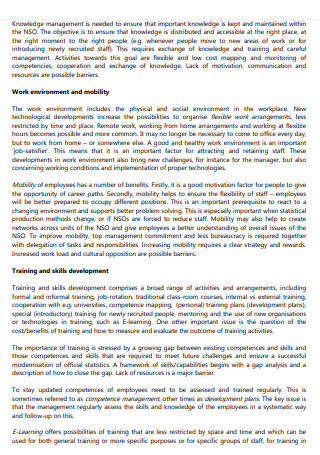
Management and Training Strategy Plan
download now -
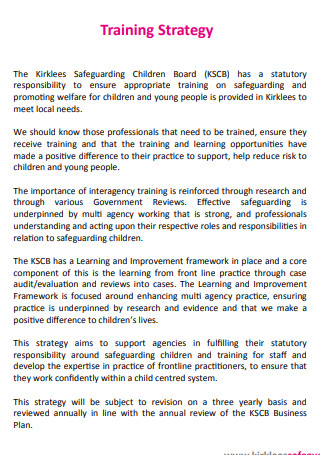
Simple Training Strategy Plan
download now -
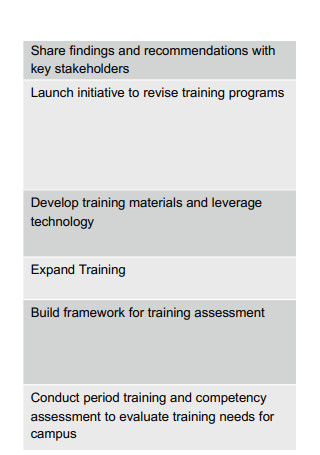
University Training Strategy Plan
download now -

Training and Employment Strategy Plan
download now -

Basic Training Strategy Plan
download now -
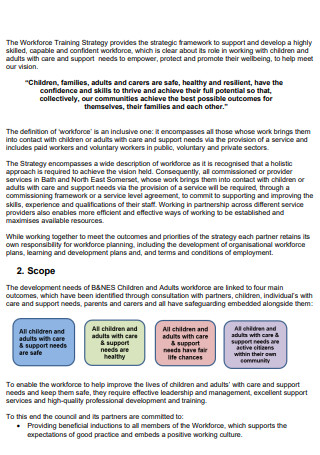
Children’s Training Strategy Plan
download now -

Partnership Training Strategy Plan
download now -
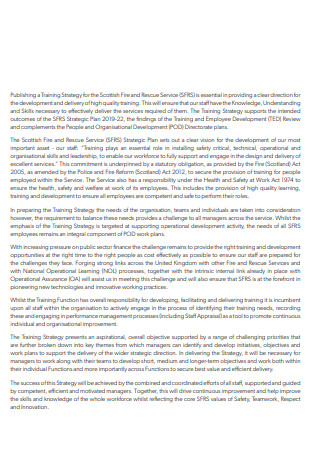
General Training Strategy Plan
download now -
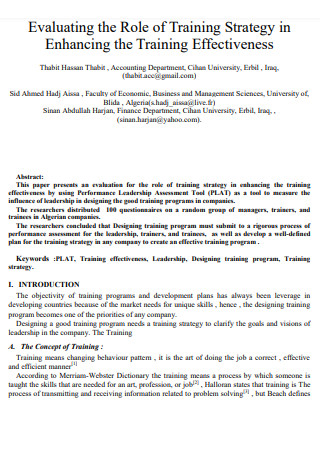
Training Effectiveness Strategy Plan
download now -
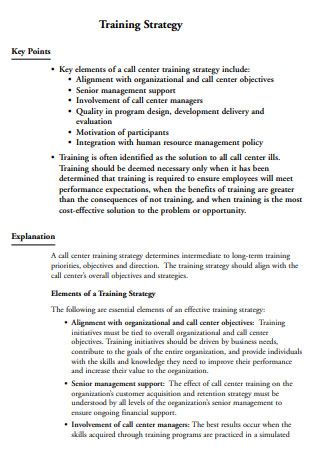
Training and Evaluating Strategy Plan
download now -
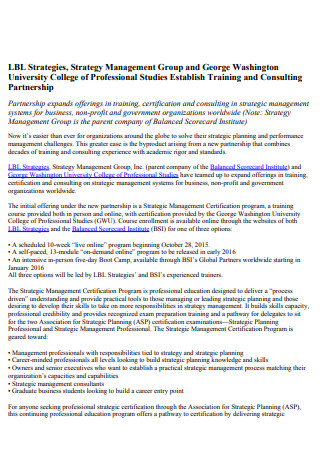
Training and Consulting Strategy Plan
download now -
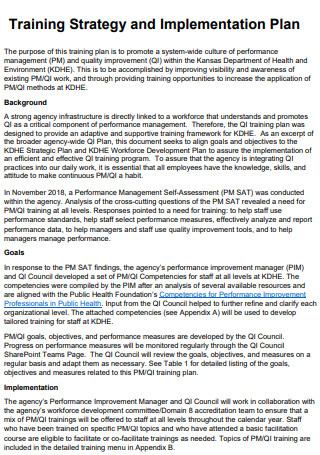
Training Strategy Implementation Plan
download now -
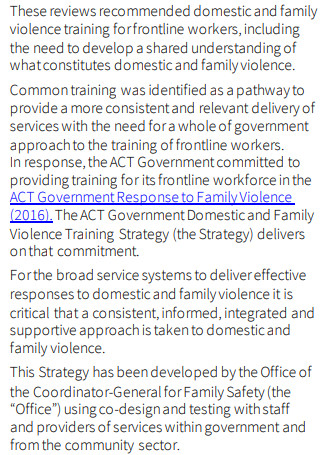
Violence Training Strategy Plan
download now -
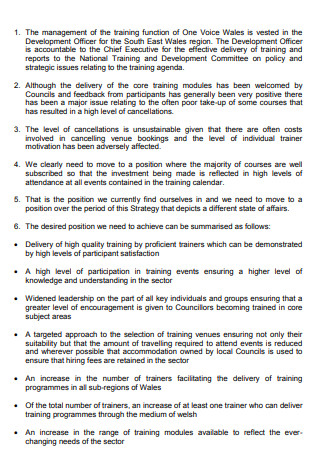
3 Year Training Strategy Plan
download now -

Children Training and Evaluation Strategy Plan
download now -
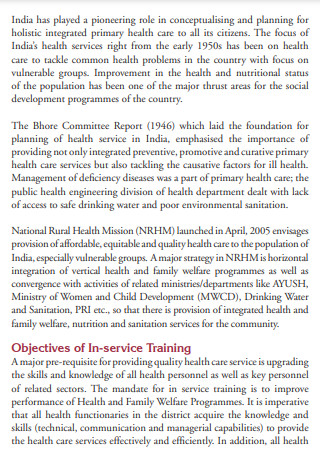
In-Service Training Strategy Plan
download now -
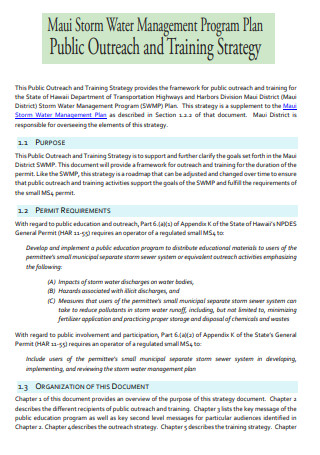
Training Strategy Program Plan
download now -
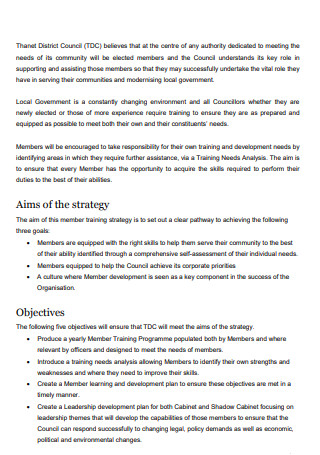
Member Training Strategy Plan
download now -
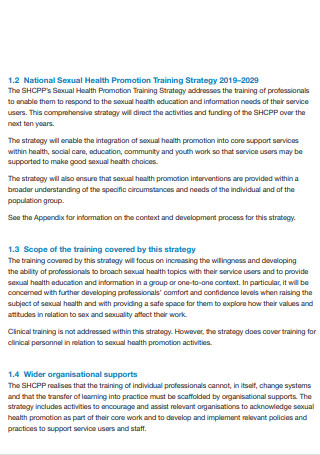
Health Promotion Training Strategy Plan
download now -
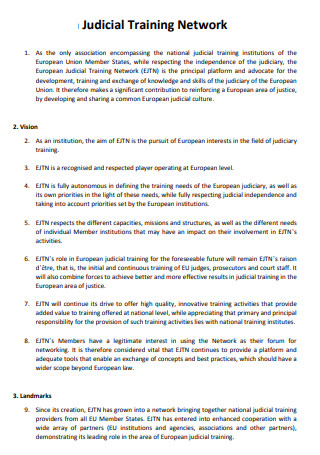
Judicial Training Strategy Plan
download now -
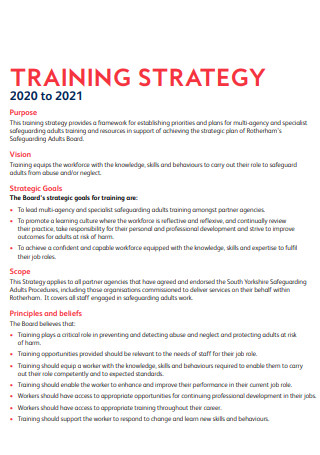
Training Strategy Plan Example
download now -

Science Technology Training Strategy Plan
download now
FREE Training Strategy Plan s to Download
39+ SAMPLE Training Strategy Plan
a Training Strategy?
Benefits of a Training Strategy
Tips in Having a Functional Training Strategy Plan
How To Create a Successful Training Plan
FAQs
What should a training strategy plan contain?
What does the term “training strategy” mean?
What is a matrix of training?
What Is a Training Strategy?
A training strategy is a systematic way to develop a staff training program. A strong employee training program is critical for professional development, ensuring success. You can use these strategies to recruit and retain current and future employees. For instance, you could employ a training program to teach your current workforce how to use new technology or comply with new corporate standards. Additionally, you can build onboarding training programs to acclimate new employees to working for your organization swiftly. According to statistics, 34% of employees are delighted with their job-specific training, even though 41% view it critically. 74% of employees surveyed believe they are not maximizing their potential due to a lack of growth opportunities.
Benefits of a Training Strategy
Employee development is essential to the victory of any business. Several key advantages of adopting a training strategy include the following:
Tips in Having a Functional Training Strategy Plan
Employee training is critical in a variety of ways. It contributes to increased employee engagement and retention. It can also improve your organization’s efficiency and production if done correctly. However, it’s critical to realize that practical employee training does not happen by accident. It must be efficient. It must be contemporary and capable of serving your aim. In other words, staff training should be tailored to the individual. Thus, let us examine some pointers for developing a functional training method.
-
1. Conduct a Training Needs Analysis
To begin, we must define every facet of the instruction. For instance, if an organization wishes to increase employee efficiency. Thus, before leaping into creating training materials and strategies, we must conduct a thorough assessment of the issue. You must establish a core and clear business objective for the training assistance. Provide training only when it is evident why you are doing so or directly related to your business goals. For instance, your company objective could be to train employees a new talent as a means of expanding your firm. Now that you’ve identified your purpose, consider what your employees must perform to help the organization achieve it. It will help determine the gap between what your employees were capable of doing in the past and what they are currently doing. Workers should be capable of performing the jobs for which they were trained. You now know what your employees must do. As a result, you must identify several training programs that will assist employees in acquiring new skill sets. It could include a brief introduction to the skill, a high-level review of the processing, and a demonstration with hands-on practice of the activities they would execute on the job. Determine the characteristics of your employees and attempt to deliver training by them. Individual instruction is not always possible. As a result, classify their characteristics collectively. Some may excel at IT-related techniques, while others excel with hardware. You must recognize this and develop an employee training plan accordingly. It’s more challenging to establish a single program that meets the demands of everyone. Therefore, attempt to incorporate a little bit of each facet into your practice. It will assist you in reaching out to all of your customers.
2. Conduct a SWOT Analysis to Determine Skills Gaps
To begin, you must ascertain your organization’s comparative advantages over competitors. It will help enhance your employees’ skill sets in that area to stay well ahead of the competition. You need to place in a lot of effort in those areas if you want to improve. You must seize any opportunity that presents itself. Market trends and inefficiencies are perpetually present. You must identify them and enhance your employees’ competency accordingly. Numerous external variables may pose a threat to your firm. As a result, you must guarantee that your organization is prepared for any danger that may arise. Identifying and training for these things will increase your efficiency and productivity.
3. Create an Objective for Learning
Before initiating any training program, you should develop a training objective. The learning objectives are tasks that employees should complete following their training. They are comparable to the final grades against which your practice should be evaluated. You must have training objectives to have a reason for conducting the training. Without reason for the training, it is ineffective. There are numerous training objectives. The goals may be based on information, abilities, or attitudes. One of the objectives is to make them SMART. A well-designed training program should have four distinct objectives. It should include the employee executing the task, the skill set that the employee must possess after finishing the study, the working conditions under which the employees will perform the job, and the extent to which employees can perform the task.
4. Conduct the Training
Until now, all preparations comprised solely of design. Now you will conduct the actual training. Also, there are a few steps to this process. Notify your staff that a training session is being held. While this may seem self-evident, you must ensure that your employees attend the meeting. You must inform the workers’ managers, prepare training rooms, purchase necessary supplies, schedule the training, and possibly supply food and beverages. Before beginning the actual workout, it is essential to understand that an exercise can be performed in various ways. You must first identify your training requirements and then implement them. It might take place in an open field or a confined space. You must create an interactive environment and maintain interest in the exercise from the beginning to the end. There are numerous good websites and publications on this subject that can assist you in managing this type of training.
How To Create a Successful Training Plan
Consideration should be given to implementing a new training plan in your organization. If you’re interested in updating or developing new training initiatives for your organization, follow these steps:
-
1. Determine your training requirements.
Because no two firms are identical, there is no one-size-fits-all strategy for worker training. Understanding your organization’s unique requirements can assist you in developing strategies that optimize the advantages to employees and the firm as a whole. You can conduct a training requirements analysis or consult with department heads to ascertain employees’ skills and information to function effectively or provide high-quality results in your sector. Consider how your organization’s goals can help you determine the type of training that will best assist your workers in achieving them.
2. Evaluate employee performance
When establishing a training strategy, it is critical to consider your staff’s capabilities. Assessing how well current staff skills and knowledge fit with stated training gaps can also assist you in defining the breadth of your approach. Performance can be evaluated in various methods, including direct observation, performance reports, and talks with supervisors. If you find that your staff members are not currently performing at the level required, training programs assist you in closing that skill or knowledge gap. These insights might help you determine the training components that should be included in your approach. For instance, you may be required to build training programs for a specific piece of software. In some cases, you may determine that the skills gap is too significant and that external applicants with such talents are required.
3. Evaluate your resources
After determining your organization’s training requirements, you must verify that you have the resources necessary to implement these programs. The more comprehensive your understanding of your resources, the more successfully you can plan their utilization. Resources can refer to various things, from technology to human capital to financial resources. Access to video production tools and equipment, for example, is a critical resource for initiatives that involve the creation of training movies. Similarly, time is a vital resource. It will help if you guarantee that person has time in their schedules to attend training programs that do not conflict with their current responsibilities.
4. Prioritize your educational requirements
By establishing priorities, you may direct your training method. In some instances, you may need to determine these priorities based on available resources. For example, you may be constrained by scheduling or financial constraints. When establishing training priorities, you can consider your organization’s objectives and evaluate which skills will contribute the most to accomplishing them. Concentrating on this alignment can assist you in developing a plan that produces optimal results that benefit both individuals and the organization.
5. Establish a budget and create a training plan
You can create a manageable budget for your strategy to support your organization’s continuing training demands. This budget enables you to assess your available resources and develop appropriate training strategies. Your organization’s senior management may provide predetermined funding for training. Alternatively, you may have the authority to create your training budget. Spending wisely on training enables you to cut costs while still promoting staff development. Also, you can create a plan for your training method using the data acquired in the preceding steps. Each component of your training strategy should include the training objectives, the staff members who will participate, and any resources or scheduling information necessary to carry out the program. When developing your plans, you may confer with other staff members to ensure that you include all necessary or pertinent information. Additionally, they may provide input to ensure that the plan and procedures are consistent with the organization’s stated goals.
6. Appoint or assign trainers
As you adopt training initiatives, you must ensure that the appropriate persons lead them. Determine the necessary skills and knowledge for each section of the training approach and whether you or other internal staff members can teach them. Alternatively, you may pay external teachers to run these sessions if your budget allows. These educated individuals may possess additional skills in building efficient training environments.
7. Monitor performance and make necessary modifications.
Following the implementation of a training program, continue to measure employees’ performance levels to determine the effectiveness of the training. If performance levels continue to fall short of your targets, it may be a sign that your training tactics need to be refined. You can collaborate with supervisors to develop approaches for more effectively educating your workers on applying the new tactics they’ve learned. Continue to be adaptable and incorporate modifications until the desired outcomes are achieved.
FAQs
What should a training strategy plan contain?
The plan outlines the resources, training design, development, delivery, evaluation, and assessment necessary to support the training, whether for delivering an IT skills training program, training to support a clinical or system implementation, or business as usual training.
What does the term “training strategy” mean?
A training strategy is created to accomplish an educational objective, such as teaching a new skill or informing employees about business policy changes.
What is a matrix of training?
A training matrix is a technique used in business to organize and track employer training skills. These skills are typically associated with specific tasks required to perform specific duties within their employment. This may need an employee to complete multiple training modules across various specialties.
In any organization, training and development require a well-defined action plan. To develop an effective training strategy, the organization must first establish a goal that all employees must meet—following that, aligning and assessing the amount of work required of each person to accomplish the organization’s goals and objectives. As this article concludes, we wish you had discovered the answers to your questions and hope the processes outlined above assist you in establishing them.
